An inside look at the lives of refugees and internally displaced persons in Iraqi Kurdistan. [Please scroll down for the mini gallery.]
Iraq’s Kurdistan region is thought to be hosting approximately 1.4 million internally displaced persons (IDP) and refugees. This number is expected to rise due to ongoing instability in Syrian Kurdistan and Iraq’s Nineveh province, especially with escalating violence in areas surrounding Mosul, Iraq‘s second largest city. The sudden occupation of Mosul by Islamic State (IS) militants in early June forced tens of thousands of ethnic and religious minorities to seek refuge in Iraq’s Kurdish region, as they fled execution, sexual enslavement and cultural elimination.
This new surge of IDPs has stretched local resources beyond their limit while putting enormous pressure on the Kurdistan Regional Government (KRG), as well as local nongovernmental organizations (NGO). The KRG is already facing significant economic challenges. The payment of civil servant salaries has been delayed as the central government in Baghdad has withheld large parts of the Kurdish share of the national budget since February, due to disputes over oil exports to Turkey and revenue sharing.
Life Inside the Camps
There are approximately 26 camps in the Kurdistan region, which are usually half-finished and very crowded, with limited privacy due to shared areas for bathrooms and showers. In addition, thousands of public buildings, particularly schools, are inhabited by refugees and IDPs — in some places, Syrians and Iraqis mix together.
The physical and mental conditions of refugees and IDPs are very difficult. Each displaced person has tragic stories of his or her own escape from war-torn regions and how they undertook long and dangerous journeys to reach safety, leaving behind homes and loved ones, which has led to trauma and suffering. For many families, there is at least someone who is missing, killed or still struggling to leave the conflict areas.
Karwan Haidari, the communication manager at Qandil, a Swedish humanitarian aid organization, told Fair Observer:
“The largest camp is Domiz refugee camp in Duhok, where more than 40,000 Syrian refugees reside. I believe Duhok governorate has the most mixed-up IDP population; IDPs can be seen everywhere inside and outside the city, most of them living in harsh conditions without having any specific settlement. In Erbil, there is Bahirka camp, where you can find displaced people from most of the violence-affected areas in Iraq.”
The refugees who fled violence said that locals treat them with respect. Most families Fair Observer spoke to do not want to return to their homes until peace has been restored and the war is over.
European and US officials applauded the KRG for opening its borders to accept the displaced and offer humanitarian aid regardless of ethnicity or religious identity. The KRG, however, urged the international community to offer financial support and medical supplies to deal with the large flow of refugees and IDPs.
Marco Rotunno, the International Rescue Committee (IRC) camp manager of the Arbat Camp near Sulaimaniya, did not deny the harsh conditions for refugees and agreed that KRG officials were supportive and the locals were hospitable. “The sudden flood of refugees has placed great stress on the NGOs and humanitarian organizations,” Rotunno added.
Health Conditions
Disease runs high in Arbat Camp and other public buildings that are used by IDPs, due to a shortage of water and medical supplies. Rotunno confirmed that they are only able to provide basic health facilities, but “whoever has a severe case is given a specific ticket to be treated in governmental hospitals.”
Iraq’s Kurdistan region is thought to be hosting approximately 1.4 million internally displaced persons (IDP) and refugees. This number is expected to rise due to ongoing instability in Syrian Kurdistan and Iraq’s Nineveh province.
Khiada Aimen, a 26-year-old mother of two, was desperate to get help for her younger daughter. “An organization came about a year ago to check my daughter, but they never let me know what her exact disease is,” she told Fair Observer, holding her younger child. “My daughter has a severe pain in her stomach and I do not know what to do with her.”
Salah Ramadan Rasul, a 35-year-old father of seven, said his main concern is that he cannot buy diapers and infant milk for his children because he is jobless. “Usually, two of us are sick and the quality of medical supply is not good.” Another man sitting beside Rasul said he cannot see properly and his condition is deteriorating day by day.
Farid Khalaf Shamsadin, a 40-year-old father of eight, complained about a water shortage and the sewage project that was supposed to be finished a while ago. During this author’s visit, a group of Shamsadin’s friends asked for canned food and complained about the quality they receive. Some stated that they sold the goods in the market to buy food they like.
Besides concerns over water shortage, electricity and sanitary arrangements, refugees and IPDs are in dire need of psychological sessions and counseling, to overcome their fears and the repercussions of war.
Unemployed Youth and Peshmerga Recruitment
Fair Observer spoke with many young people — men and women — inside the camps. They asked officials to find them job opportunities because, as they stated themselves, they spend most of their daily lives wandering unproductively. Fatma Ramadan, a 20 year old, was one of the few refugees who were hired by the IRC along with seven other women and five men. She said there are many young people who have the potential and will to work alongside the NGO teams, but they usually hire people outside the camp to run their affairs. “[The] IRC gives me less than $200 per month. It is not enough to provide for my family,” Ramadan stated.
Four young men were demanding to be employed as security personnel, so they could “defend their dignity.” Ashraf Mohammed said: “We seriously need to register our names as volunteer Peshmerga because our very existence is under threat.” He added: “It is not only Syrian Kurds who have been victims of civil war, but also our Kurdish brothers and sisters in Arabized lands surrounding Mosul. Our Kurdish identity has been targeted.”
The majority of IDPs and refugees who were interviewed asked for more aid in terms of food and medical supplies. However, other factors like the need to protect the Kurdish identity and deal with the psychological damage that has been caused by IS and other militant Sunni groups were apparent. This was symbolized by Walid Imael, who stated with pride: “I am young and have the energy to protect anyone, and my people need me. Freedom is more important than electricity and food.”
Refugee Influx and NGOs Operating in the Region
According to the United Nations High Commissioner for Refugees (UNHCR), at the time of writing there were over 221,000 registered Syrian refugees in the Kurdistan region — mostly Syrian Kurds — and 948 others awaiting registration. Estimates for the IDP population displaced by IS range at around 862,000 people.
Jane* Hill, the manager of a local NGO operating in Sulaimaniya province whose focus is primarily on child protection, claims that before the crisis there were only 2,700 registered IDPs in Sulaimaniya. Now, the number of registered IDPs has jumped to over 171,000; among them are 66,000 Yazidis and 23,000 Shabaks, with the rest being Christians, Sunnis and Kakayis. In addition, there are 6,500 children accounted for under the age of 15, who are looked after by local and international charity organizations.
IS continues to target vulnerable religious minorities in its military campaign, especially Yazidis and Christians. When it overran Sinjar in northwestern Iraq, home to the Kurdish-speaking Yazidi minority, it forced 200,000 Yazidis to flee their homes.
Regarding the role of NGOs and the local government, Tafan Kamal, head of the International Reports Department at Youth Activity Organization (YAO), said not all local NGOs are supported equally. This is mainly due to the large number of recently founded local NGOs. Moreover, due to the current Syrian refugee and IDP crisis, funds are getting harder to come by. Kamal added: “One can easily notice that there is no complete fairness in terms of fund allocation, which can sometimes prove disastrous. However, there is hope that competence and delivery by NGOs are taken into consideration and priority is given to those who score more.”
Asked whether the donors and local charities specify to whom their donations should go, Kamal reaffirmed that there are many NGOs that are not funded properly by their donors, which is apparently an issue raised by an increasing number of organizations. This is despite the fact that, according to the new NGO foundation laws, it will not be easy to start a local NGO as there are now strict regulations in place.
Speaking about cooperation between NGOs and local authorities, Karzan Fadhil, the national coordinator of Arab Youth Climate Movement, told Fair Observer that NGOs usually do not receive support from the government, but sometimes resort to other organizations either inside or outside Iraq for financial support. This issue has caused many NGOs in Kurdistan not to perform their tasks effectively and efficiently.
This must be seen in the context of the aforementioned budget dispute that has been ongoing since February, which has significantly affected living conditions in the Kurdistan region. Delays in salary payments for KRG civil servants have been reoccurring for the past eight months, and there have been hundreds of demonstrations across the region demanding that the central government and the KRG resolves the issue. The KRG’s decision to increase gasoline prices from 500 Iraqi Dinar to 900 in order to manage the budget hole is also having an impact.
Security and Humanitarian Situation
The KRG’s appeal for urgent international humanitarian assistance has been met generously — supplies have been pouring in, including food, clothing, bedding, medical supplies and tents. When asked whether the supplies have reached the IDPs fairly and on time, Hill replied: “We have made sure that at least the basic items have reached the children, even if we had to raise funds and buy these items locally.” She went added: “Local communities have been extremely helpful; without them, it would have been almost impossible to achieve this.”
In response to a question regarding the security risks of NGOs, Hill said:
“Most of the IDPs we deal with are based in Sulaimaniya and can be reached with ease. We, however, do avoid areas like Kirkuk or closer to the conflict zone. We also have a slight concern about the radicalization of young Kurds who may potentially establish links with ISIS [Islamic State]. We tend to manage our security by talking a lot with other agencies and we share information. We also get information from the government and the local security forces.”
Every community has a local security force office. As trucks drove near the gateway of Arbat camp distributing packages of food and other supplies, security forces were vigilant to avoid chaos as men, women and children were pushing each other to quickly receive as many supplies as possible.
IDPs and Refugees Living Together
Azad is a camp official working at one of the schools outside of Sulaimaniya, where 80 IDP families are residing. He said: “There are IDPs from different ethnic and religious backgrounds choosing to live separately and with people of their own ethnicity or religion. This is causing issues in terms of shelter availability.”
Faisal Khazi Aziz, a Shabak IDP aged 51 from Bashiqa — a historically Assyrian town near Mosul — now residing at a school building just outside Sulaimaniya, said: “Supplies and accommodations are good; however, we have issues with clean bathrooms and toilets that are closer to the buildings and the need for privacy.” Aziz further commented by praising the local officials and security forces for treating them with respect.
With regard to the tensions inside the camps, Haidari detailed that there are many tensions between the IDPs. People from different religions, backgrounds and identities are intensively mixed up inside the IDP camps. This has led to a number of problems, such as fighting over limited resources and social interaction. The most noticeable social challenge within IDP camps in Iraqi Kurdistan is the high rate of divorce.
Yazidi Plight
Meanwhile, IS continues to target vulnerable religious minorities in its military campaign, especially Yazidis and Christians. When it overran Sinjar in northwestern Iraq, home to the Kurdish-speaking Yazidi minority, it forced 200,000 Yazidis to flee their homes. The number of dead Yazidis is still unknown, but preliminary figures show that nearly 1,000 women were kidnapped by IS in August and are feared to have been subjected to sexual enslavement. Yazidi holy sites were destroyed and the community’s dignitaries are routinely murdered.
In the very first days of the Sinjar onslaught, thousands of Yazidis sought refuge in the Kurdistan region, while hundreds crossed the border to Northwest Syria (commonly referred to as Rojava by Kurds). Yazidis are thought to be the most vulnerable IDPs, as they literally had nothing with them when they sought refuge in the Kurdistan region.
Furthermore, they were the main target of IS jihadists and their main area, Sinjar, is still under occupation. There are still thousands of Yazidis stuck on Sinjar Mountain. For over a month now, 22 Yazidi families have been given shelter in one of the gardens in the outskirts of Sulaimaniya by a generous local who owns the land. Shkor Rashon is a Yazidi who came to Kurdistan ten years ago to work as a gardener. He supervises the families and calls the authorities to help them.
Describing their perilous journey, Rashon said that the families now residing in the garden went to Rojava first, then came back to the Kurdistan region after first living in Zakho, then in Duhok and now Sulaimaniya.
Overall, whereas it remains unclear when or if the majority of refugees and IDPs will be able to return home, their dire situation is obvious. While physical needs such as shelter and nutrition are more visible, there is also an urgent requirement to provide psychological support for traumatized victims, especially children and women — something KRG officials have been emphasizing..
Identity issues play an increasing role here as well, as the testimonies of several young Kurds and their desire to defend their “Kurdish brothers and sisters” have shown. A lot of relief effort is being provided by the KRG and the international community, but the vast number of displaced people in a region that is economically strained underlines the urgent need for further action.
*Jane Hill is a pseudonym.
The views expressed in this article are the author’s own and do not necessarily reflect Fair Observer’s editorial policy.
Support Fair Observer
We rely on your support for our independence, diversity and quality.
For more than 10 years, Fair Observer has been free, fair and independent. No billionaire owns us, no advertisers control us. We are a reader-supported nonprofit. Unlike many other publications, we keep our content free for readers regardless of where they live or whether they can afford to pay. We have no paywalls and no ads.
In the post-truth era of fake news, echo chambers and filter bubbles, we publish a plurality of perspectives from around the world. Anyone can publish with us, but everyone goes through a rigorous editorial process. So, you get fact-checked, well-reasoned content instead of noise.
We publish 2,500+ voices from 90+ countries. We also conduct education and training programs
on subjects ranging from digital media and journalism to writing and critical thinking. This
doesn’t come cheap. Servers, editors, trainers and web developers cost
money.
Please consider supporting us on a regular basis as a recurring donor or a
sustaining member.
Will you support FO’s journalism?
We rely on your support for our independence, diversity and quality.


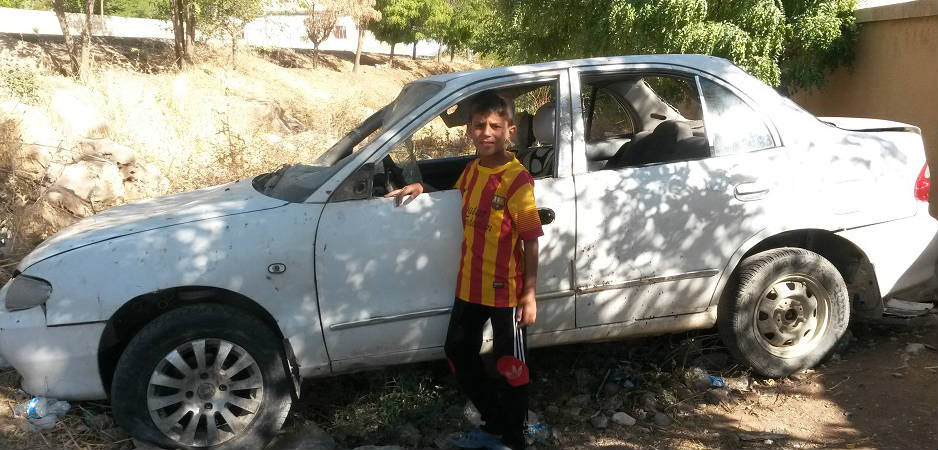
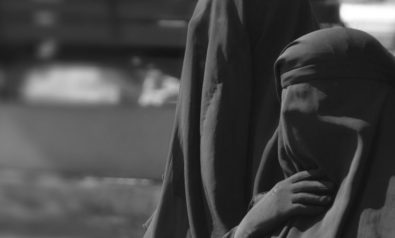
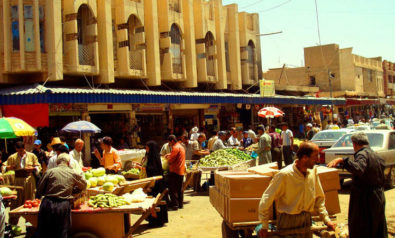
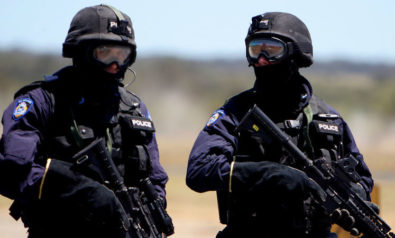

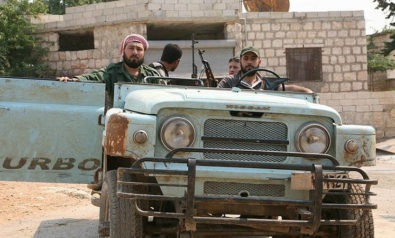
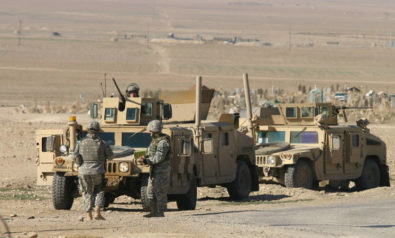
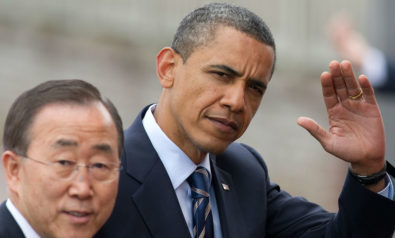




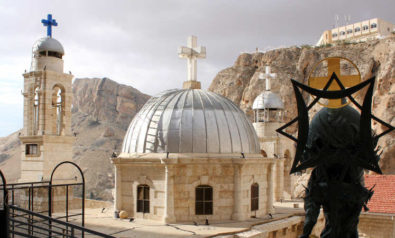


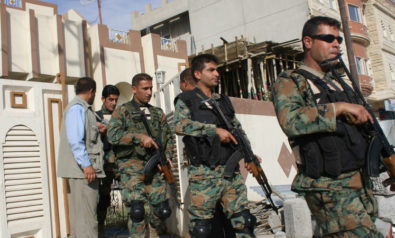
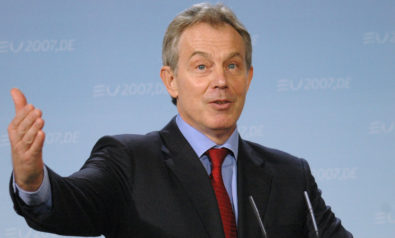
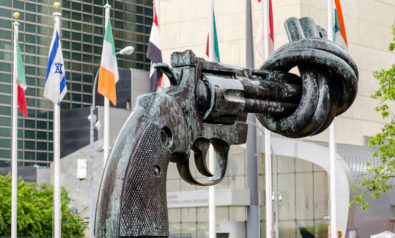

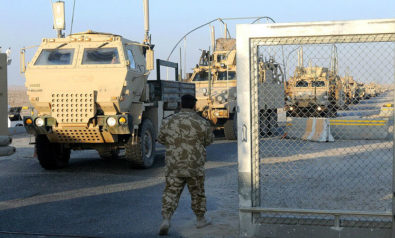





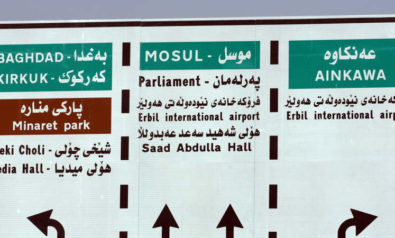
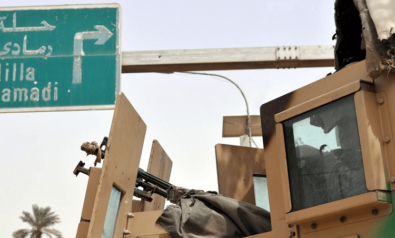


Comment